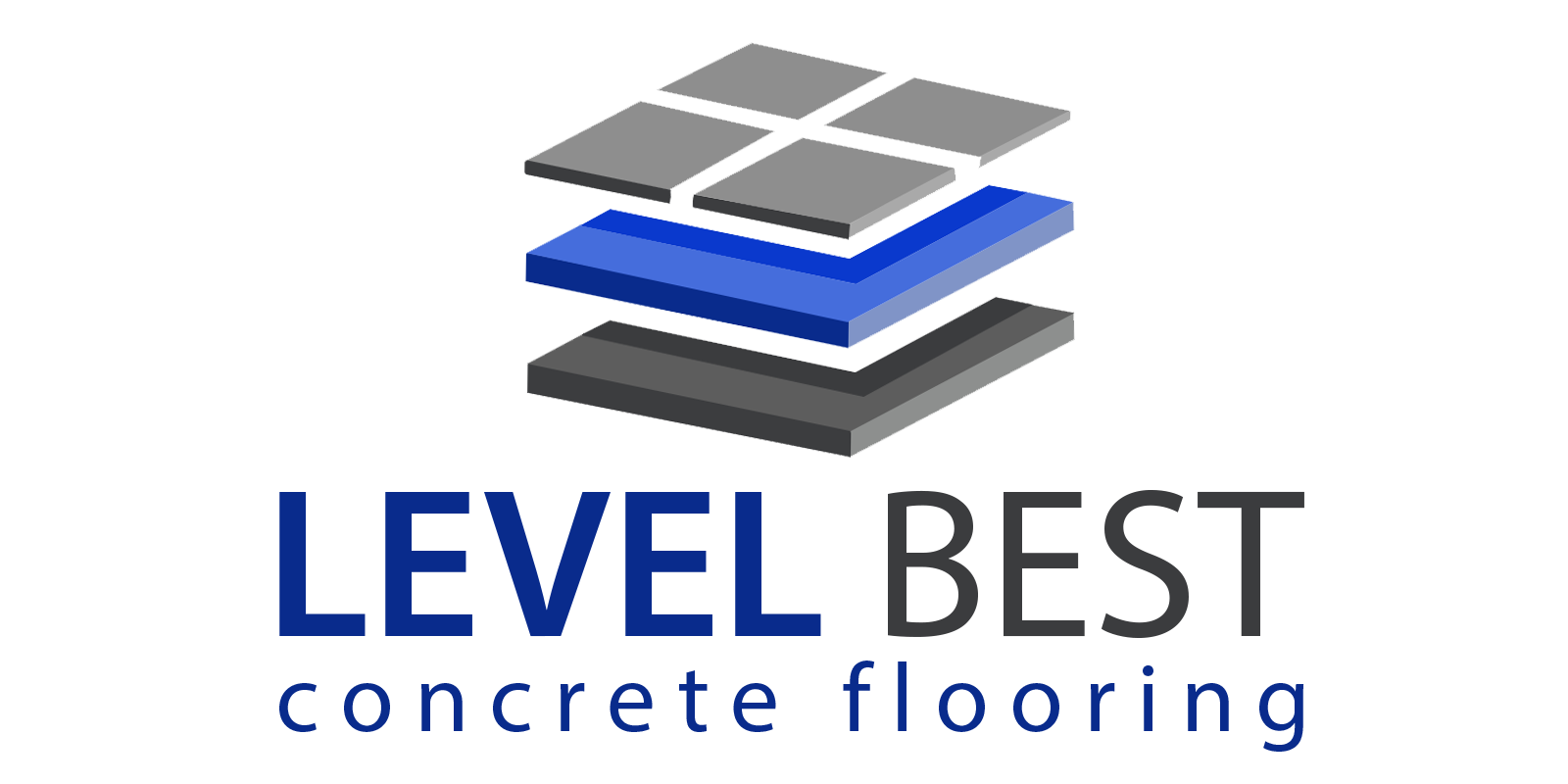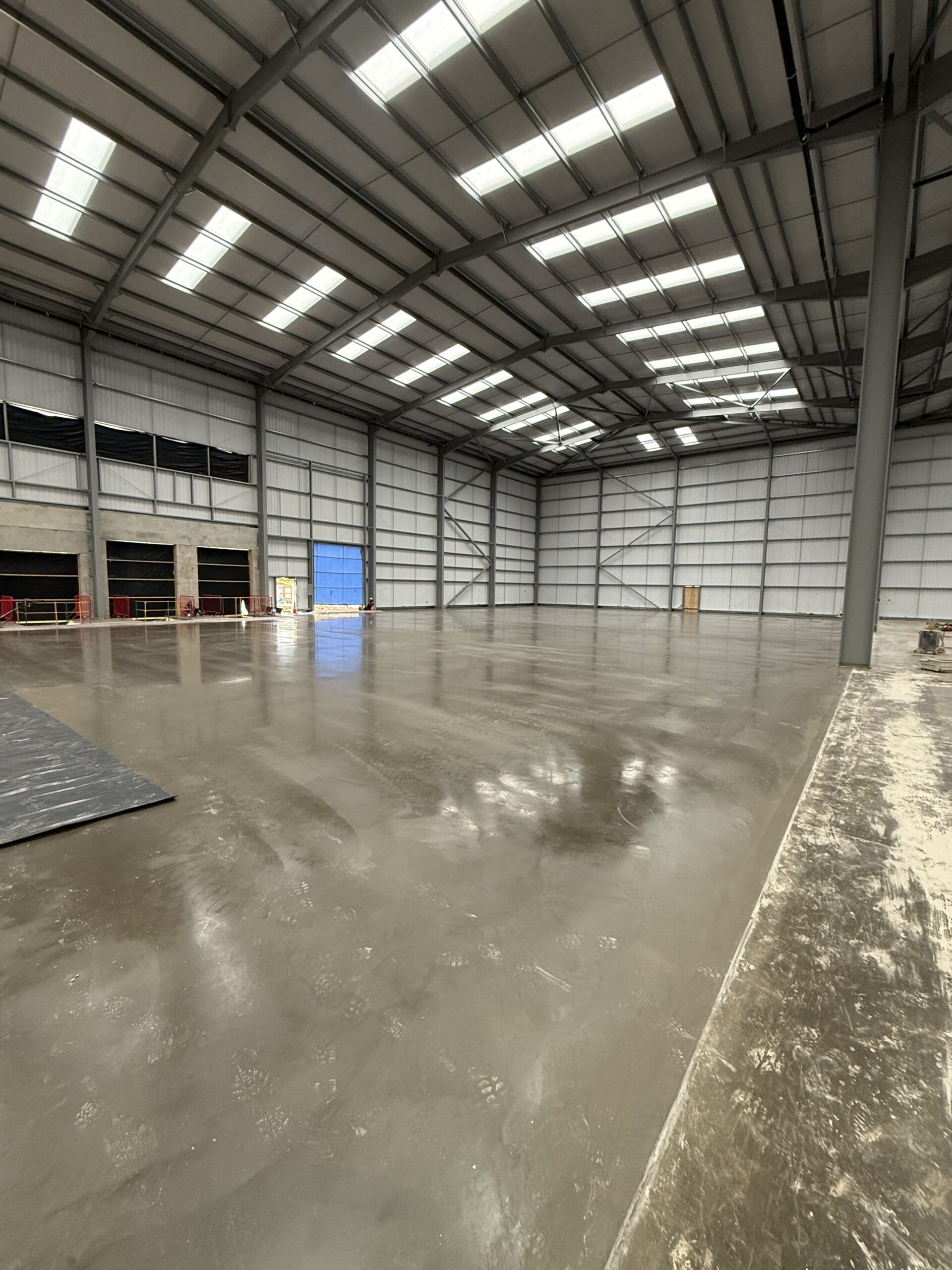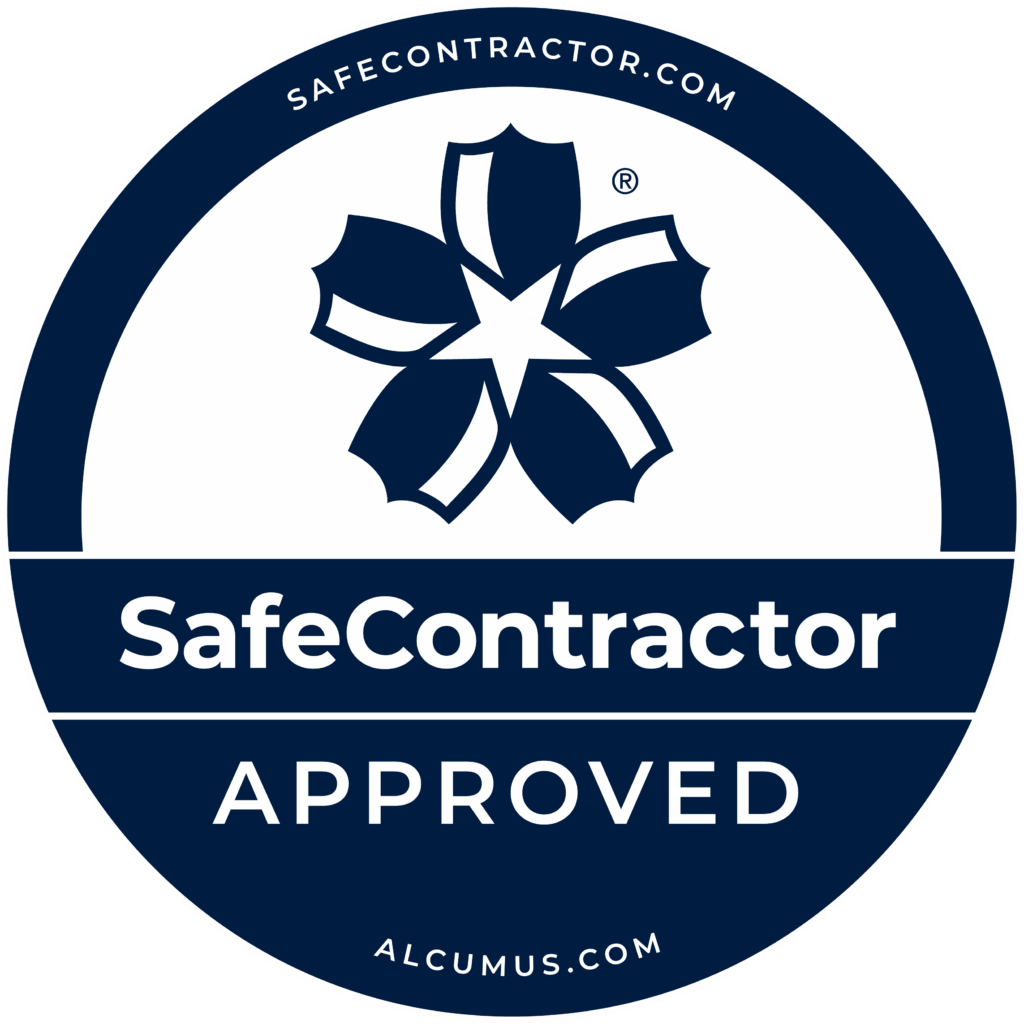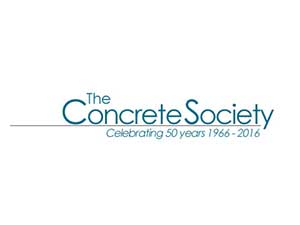Level Best Concrete Flooring, the Yorkshire-based industrial flooring specialist, has successfully completed a 10,000 square metre warehouse concrete floor in Milton Keynes, Buckinghamshire. The project demonstrates Level Best’s ability to deliver high-performance, durable, and precisely finished concrete floors for large-scale … Read More
Frequently Asked Questions new
Frequently Asked Questions
In short, no! If you are not using your concrete floor slab, then your building must be empty. Every single activity within your warehouse or external concrete yard requires you to traffic the concrete floor. Regular maintenance and floor cleaning is required to the operate successful and without this, the floor will very quickly start to look untidy and create the end user problems.
Level Best Concrete Flooring are happy to survey your existing floor slab free of charge providing we get the opportunity to price the floor slab repair works. Our proposals are always discussed with the building owner at length and the best long term solutions for the concrete floor slab are costed for correctly.
Delamination is a process whereby a thin layer (2-4mm) of a floor surface becomes detached, lifts slightly, and then breaks down rapidly when trafficked. The formation of a number of fine cracks are a tell-tale sign that delamination has occurred, and can be verified by tapping the surface with a metal object – the resulting hollow sound will confirm delamination of that particular localized patch.
The greatest cause of delamination is inadequate and inconsistent weather protection during (and for a 7 day period, after) the concreting and finishing operation. An enclosed environment is essential to ensure that cross winds do not travel across the fresh concrete at casting stage, and hence adversely affect the volume of bleed water available and required to allow the material to be worked monolithically into the base concrete.
Should your concrete floor slab exhibit signs of delamination Level Best Concrete Flooring can rectify your problems using various different concrete repair systems.
Construction joints (or day joints) are described in TR34 as ‘formed free movement joints’. They are required to separate the main concrete floor slab area into panels suitable for pouring. The construction joints are positioned to control the size of each daily concrete pour. For ultimate performance they should be created using a proprietary steel armoured joint system which will have steel plates anchored to the concrete slab either side of the joint to prevent concrete corners (arisses) from breaking up under the action of traffic and a heavy duty dowel system. There are numerous different types of permanent steel construction joints available in today’s market place and Level Best Concrete Flooring select the best system to enhance the long term performance of the concrete floor slab. Great care is taken by the concrete flooring contractor to position these construction joints in locations where trafficking will be kept to a minimum.
Concrete reduces in volume as the water needed for workability evaporates and it is the tensile stresses caused by this ‘shrinkage’ that leads to most cracks in ground floor slabs.
In a traditional slab design, the development of micro cracks as the cement paste changes state is not controlled. As a result, the micro cracks join together and unrestrained shrinkage cracks develop. These will widen to the point that aggregate interlock is lost and load transfer from one side of the crack to the other cannot take place. In this case, a slab will be designed to crack at prescribed positions (formed or saw cut induced joints at approximately 6m centres). We could describe these as “planned cracks”.
The addition of steel fibres at sufficiently high quantities per cubic metre, the jointless design is based on enhancing the flexural strength of concrete due to the uniform distribution of steel fibres throughout the matrix. As the concrete shrinks it develops micro cracks throughout the matrix. As the micro cracks develop they cause the steel to go into tension to withstand the shrinkage stress. At a suitable dosage rate of steel fibres, the shrinkage is controlled. No induced contraction joints are needed, hence the description of these types of slabs as ‘jointless’ or ‘jointfree’ even though these systems require day or construction joints in just the same way as more traditional options.
Steel fibres sometimes appear visible at the surface of the concrete floor slabs.In line with TR34, (1994) 3.2.6 Section B/vi (p30), and quote; “under normal finishing processes very few fibres will be left exposed at the surface of the slab” However, should there be a problem with a few fibres visible at the surface, TR34 also says that “any such fibres exposed at the surface will corrode and will be lost under trafficking; …. this does not lead to disruption of the concrete surface”
Landlords and commercial agents are looking for quick and cost effective ways in which they can renovate their warehouse concrete floors to leave them in excellent condition without having to spend a fortune. The ideal solution for warehouse owners is no available in Level Best Concrete Flooring’s concrete Floor Renovation System. The process is extremely quick, long lasting and very aesthetically appealing and also requires very little maintenance for new tenants and occupiers. In the past concrete polishing has been too costly for most people to carry out in their warehouse floors as the return on investment is simply not there. Level Best Concrete Flooring from Yorkshire has now got the perfect concrete floor polishing solution which really does make your concrete floor slab look better than it did originally in most cases. The process is also a lot quicker than more traditional floor grinding and also only literally takes the dirt and debris from the surface and hence has no adverse effect on the floor levels or flatness tolerances.
Landlords and commercial agents are looking for quick and cost effective ways in which they can renovate their warehouse concrete floors to leave them in excellent condition without having to spend a fortune. The ideal solution for warehouse owners is no available in Level Best Concrete Flooring’s concrete Floor Renovation System. The process is extremely quick, long lasting and very aesthetically appealing and also requires very little maintenance for new tenants and occupiers. In the past concrete polishing has been too costly for most people to carry out in their warehouse floors as the return on investment is simply not there. Level Best Concrete Flooring from Yorkshire has now got the perfect concrete floor polishing solution which really does make your concrete floor slab look better than it did originally in most cases. The process is also a lot quicker than more traditional floor grinding and also only literally takes the dirt and debris from the surface and hence has no adverse effect on the floor levels or flatness tolerances.
Frequently asked questions on the Floor renovation System are listed below:
- Is it quick to install – Answer. You can install up to approximately 1,200m2 per day
- How long does it last for – Level Best offer a 10 year guarantee
- Does the floor polishing system effect the flatness tolerance – No it doesn’t and even if it did we have the capabilities at Level Best to improve the flatness tolerances
- Will you carry out a free survey – Once initial discussions have taken place on of Level Best’s surveyors always attends the warehouse and agrees a specification with the client
- Do you carry out free samples – We have carried out concrete floor polishing samples at many locations throughout the country to ensure the client is happy before they proceed
- How do I maintain the aesthetic appeal of the concrete Floor Renovation System after the building has been handed over – Carry out your cleaning and maintenance regime as you would with any other concrete floor slab. If regularly cleaned and spillages are wiped up, then the floor should last for a very long time.
- Does the Floor Renovation System increase the abrasion resistance of the concrete floor – Yes it does. We apply floor sealers and densifiers which seep into the concrete pores and penetrate the surface to increase toughness and abrasion resistance. Unlike floor coatings such as paint and epoxy finishes the product is clear in colour and does not peel off or wear under trafficking of the fork lifts.
- What are your lead in times to carry out the concrete floor polishing – We can have “lead in” times of anything up to 3 months dependant upon workloads. Some of our FRS jobs are on site for 4/5 months and hence tie up a lot of labour and equipment.
- Is it quick to install – Answer. You can install up to approximately 1,200m2 per day
- How long does it last for – Level Best offer a 10 year guarantee
- Does the floor polishing system effect the flatness tolerance – No it doesn’t and even if it did we have the capabilities at Level Best to improve the flatness tolerances
- Will you carry out a free survey – Once initial discussions have taken place on of Level Best’s surveyors always attends the warehouse and agrees a specification with the client
- Do you carry out free samples – We have carried out concrete floor polishing samples at many locations throughout the country to ensure the client is happy before they proceed
- How do I maintain the aesthetic appeal of the concrete Floor Renovation System after the building has been handed over – Carry out your cleaning and maintenance regime as you would with any other concrete floor slab. If regularly cleaned and spillages are wiped up, then the floor should last for a very long time.
- Does the Floor Renovation System increase the abrasion resistance of the concrete floor – Yes it does. We apply floor sealers and densifiers which seep into the concrete pores and penetrate the surface to increase toughness and abrasion resistance. Unlike floor coatings such as paint and epoxy finishes the product is clear in colour and does not peel off or wear under trafficking of the fork lifts.
- What are your lead in times to carry out the concrete floor polishing – We can have “lead in” times of anything up to 3 months dependant upon workloads. Some of our FRS jobs are on site for 4/5 months and hence tie up a lot of labour and equipment.
Curling is the warping of a concrete panel bounded by joints, saw cuts or a crack, where the edges are left higher than the centre. As the top surface dries and shrinks at a different rate to the bottom, the floor curls upwards, creating a ‘toast’ effect.
Whilst curling is quite common in concrete floors, it often does not cause any undue concern or disruption to the daily running of a warehouse. If good construction practice and joint detailing is carried out and attention paid to the mix design, then the practical significance of curling will usually require no further treatment. If however, the concrete floor slab curling is creating you a problem at the floor joint intersection, we and Level Best Concrete Flooring have a suitable remedy in order to solve the problem and minimise disruption.
Crazing is a pattern of fine and shallow cracks that develop over the initial few weeks and months after slab completion. These fine cracks are caused by differential contraction during drying shrinkage, giving a reduction in volume and creating tensile forces between the surface layer and the underlying concrete. This difference in the rate of contraction with depth creates the surface tension effect that leads to crazing.
Surface crazing of power trowelled concrete slabs is a very common phenomenon, affecting the majority of industrial floors, and can often be the price a client pays for wanting a “shiny” surface. Crazing is an aesthetic problem only and will usually have no negative implications on the structural integrity or abrasion characteristics of the slab, and any surface delamination that may be exhibited will be totally unrelated. Crazing is a normal occurrence, therefore no structural or serviceability issues are associated. If you are concerned about the surface aesthetics of your concrete floor, please do not hesitate to contact us and we will inspect or look at photographs in order to address your concerns as quickly and efficiently as possible.
We would suggest the following timescales:
1. No access is permitted onto the slab for any person other than the finishing crew until the curing membrane is thoroughly dry; this is normally 24 hours
4. At 7 days old the slab can be trafficked by light vehicles and scissor lifts
5. Heavy Goods Vehicles shall not be allowed on the slab for a period of 28 days
6. A designated single access point for HGV’s shall be identified. An unloading area adjacent to this, shall be protected with a breathable floor protection product and covered with 20mm thick plywood or chipboard
7. Lay down areas should be located in the centre of panels (minimum 5m from construction joints) and protected with polythene and covered with 4mm hardboard sheeting
8. Ensure that the fit out is coordinated with the casting dates (i.e. erect racking on the oldest panels first)
11. Avoid bolting of racking that spans construction joints until the slab is 90 days old
12. The racking should remain un-loaded for as long a period as possible
13. All plant using the slab to be fitted with non-marking tyres or wheel covers and oil drip catchers and should be checked and maintained in good condition
14. Floor cleaning is to be carried out strictly in accordance with the recommendations to be provided by the sub-contractor or advisor
15. Maintain temporary weather protection at doors in place for a minimum of 7days after casting of slab, unless being replaced by permanent works. Keep all dock-leveller, pedestrian access and other doors closed, except when in use
OUR SERVICES
- Design & Build
- Floor Renovation System (FRS)
- Industrial Concrete Flooring
- External Concrete Flooring
- Repairs, Removal & Replacement
- Industrial Concrete Cleaning
- Sub Base Levelling
Latest Projects
Cold store concrete floor slabs suitable for mobile racking systems
This newly constructed cold store on the outskirts of Hull in East Yorkshire required a high tolerance cast insitu concrete floor slab to be installed in conjunction with the new mobile racking system. Level Best Concrete flooring was contracted to … Read More

Internal & External FRS Repairs in Northampton
Level Best Concrete Flooring recently delivered a comprehensive floor renovation project for a returning client at Grange Park in Northampton. The large-scale dilapidations repair covered a substantial 14,066m² area, including both internal warehouse floors and external concrete hardstandings. The scope … Read More
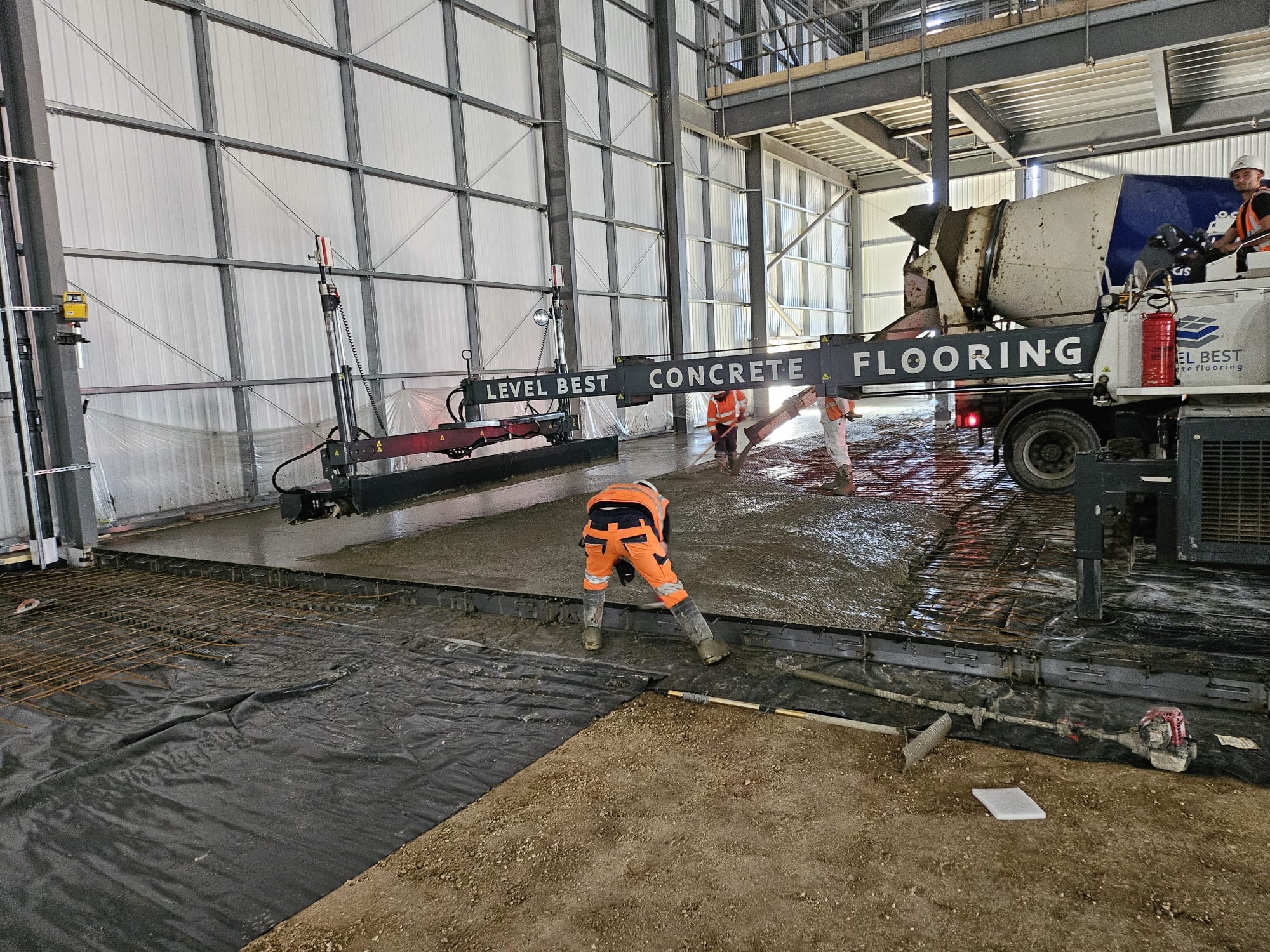
Warehouse concrete flooring in Mansfield, Nottinghamshire
Modern large bay laser screed design and construction methodology was showcased recently in Mansfield, Nottinghamshire by Level Best Concrete Flooring. TR34 design and construction methodology was adopted by Level Best working on behalf of a Lincolnshire-based long-standing repeat client contractor. … Read More
Kind words from our Clients
Contact Level Best Concrete Flooring
We cover every aspect of Industrial Concrete Flooring repairs, installation and maintenance through the United Kingdom, and pride ourselves on tendering, designing and building the very best solution to suit your requirements.
You’re not going to hit a ridiculously long phone menu when you call us. Your email isn’t going in the the inbox abyss, never to be seen or heard from again. At Level Best, we provide the exceptional services we’d want to experience ourselves.
- Office Number : 01405 819199
- Out of Hours: 07539 360140
- enquiries@levelbestconcreteflooring.co.uk
